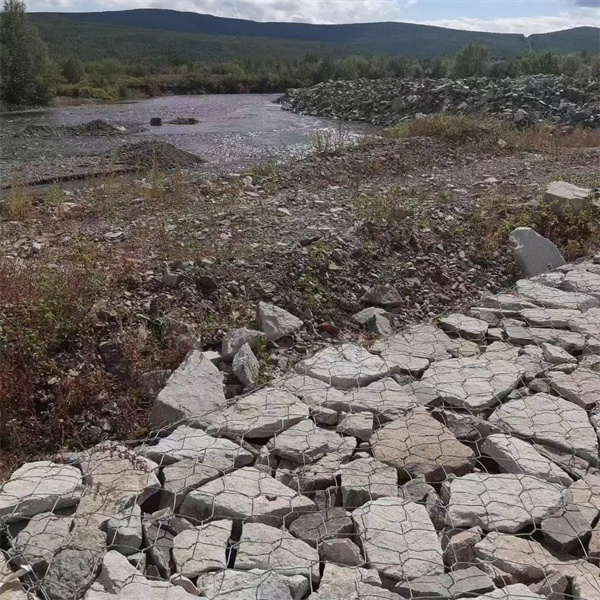Zář . 21, 2024 15:59 Back to list
gabion wall width
Understanding Gabion Wall Width A Comprehensive Guide
Gabion walls have become increasingly popular in civil engineering and landscaping due to their versatility, environmental benefits, and aesthetic appeal. These structures, which consist of wire mesh baskets filled with stones or other materials, are commonly used for erosion control, soil retention, and aesthetic landscaping. One crucial factor in the design and construction of gabion walls is their width. This article delves into the importance of gabion wall width, its implications, and key considerations for optimal performance.
The width of a gabion wall is not just a matter of aesthetics; it plays a vital role in the wall's structural integrity and stability. A wider wall can provide better resistance to forces such as soil pressure, water movement, and potential landslides. The design width is often determined by the height of the wall and the specific site conditions, including soil type, drainage, and the intended load. Typically, gabion walls should be at least 1/3 of the wall height to ensure stability. For instance, if a gabion wall stands 3 feet tall, a width of at least 1 foot is advisable.
Choosing the right width is also essential for ensuring proper drainage. Gabion walls often include an internal drainage system to prevent water buildup, which could compromise the wall's integrity. When the wall is too narrow, water can accumulate behind it, leading to increased hydrostatic pressure. This accumulation can result in wall failure, particularly during heavy rain or rapid snowmelt. Thus, ensuring an appropriate width allows for effective water management, reducing the risk of catastrophic failures.
gabion wall width

In addition to practical considerations, the width of a gabion wall influences its aesthetic appeal. Wider structures can provide a more substantial appearance, allowing for creative landscaping designs that integrate seamlessly with the surrounding environment. The visual impact of a gabion wall can be enhanced by varying the width at different sections or by incorporating plantings and other materials into the design, offering a unique blend of nature and engineering.
When constructing gabion walls, it's crucial to consult local regulations and guidelines, as these can dictate specific width requirements based on environmental considerations and safety standards. Collaborating with engineers or professionals experienced in gabion wall construction can help in making informed decisions regarding the appropriate width.
In conclusion, the width of gabion walls is a critical factor that affects their stability, drainage capabilities, and visual appeal. By carefully considering the width during the design phase, one can ensure that the gabion wall performs effectively while enhancing the surrounding landscape. Whether for practical applications or aesthetic enhancements, understanding gabion wall width is essential for successful implementation.
-
Why PVC Coated Gabion Mattress Is the Best Solution for Long-Term Erosion Control
NewsMay.23,2025
-
Gabion Wire Mesh: The Reinforced Solution for Modern Construction and Landscape Design
NewsMay.23,2025
-
Gabion Wall: The Flexible, Seismic-Resistant Solution for Modern Landscaping and Construction
NewsMay.23,2025
-
Gabion Wall Solutions: The Durable, Decorative, and Affordable Choice for Every Landscape
NewsMay.23,2025
-
Gabion Basket: The Durable and Flexible Alternative to Traditional Retaining Walls
NewsMay.23,2025
-
Gabion Basket: The Proven Solution for Slope Stability and Flood Control
NewsMay.23,2025
-
Versatility of Chain Link Fence Gabion
NewsMay.13,2025






